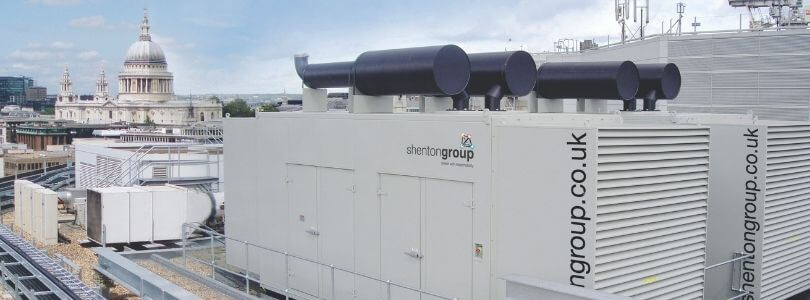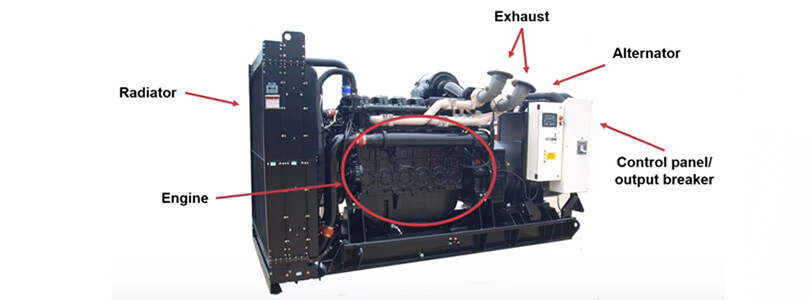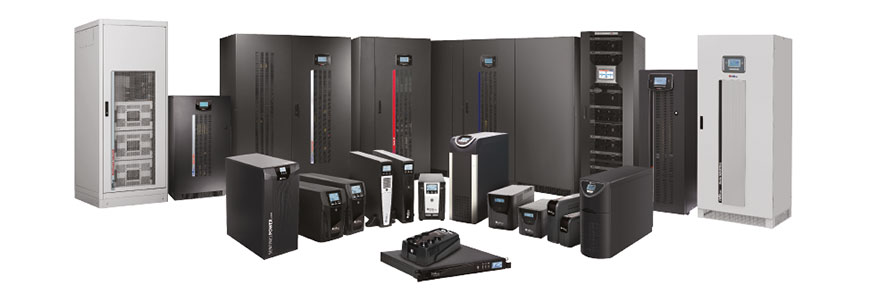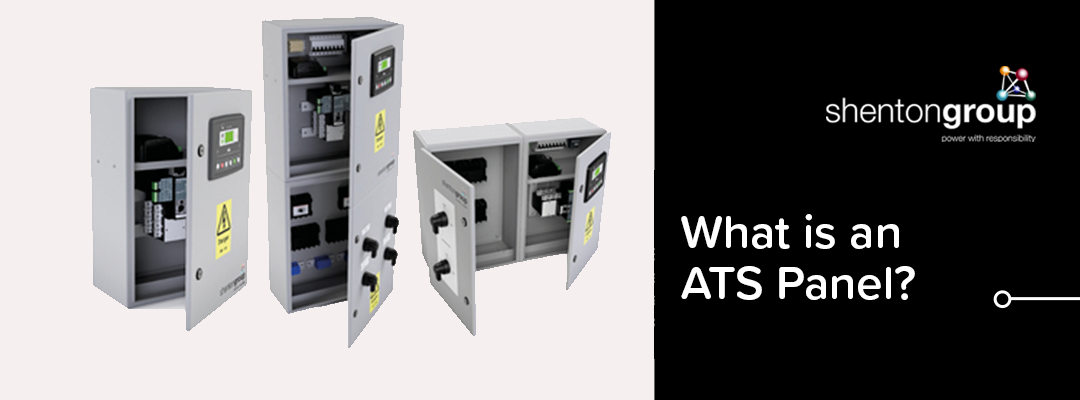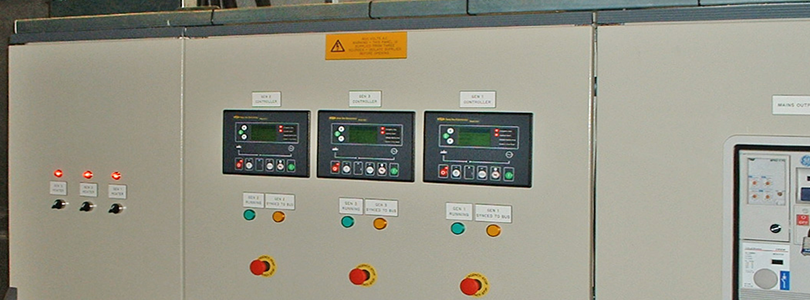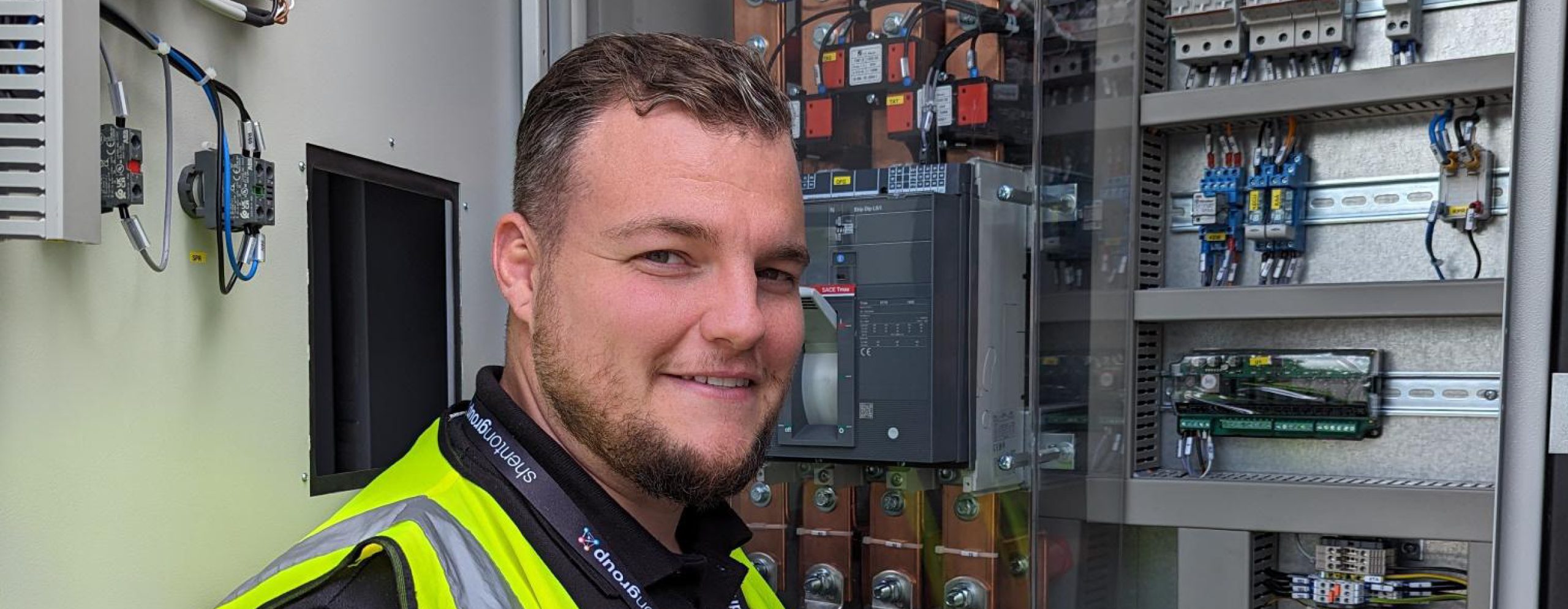Uninterrupted, reliable power is vital for industrial operations. Even a brief disruption can slam the brakes on production or service, leading to costly downtime. That’s why so many industries rely on generators and rigorous maintenance protocols—keeping these important machines primed for action when it counts. Keep your generator running like a champ with our helpful checklists on how to maintain a generator! This blog will outline a comprehensive generator maintenance checklist to guide users in ensuring their equipment’s optimal performance and safety.
Preventive Generator Maintenance Checklist
Proper preventive maintenance can extend the lifespan of a backup generator to 20 years or beyond. Naturally, the longevity also hinges on its frequency of use. With minimal usage, as little as 26 hours per year, and regular weekly exercises of just half an hour, your generator could even go the distance without experiencing any outages.
Daily Generator Maintenance Checklist
These basic checks serve to ensure your generator is operating smoothly:
- Start your generator to ensure normal functioning.
- Verify that no alarms or warning lights have been triggered.
For generators that run constantly, these daily checks are essential for peace of mind. However, if your generator operates intermittently, these steps may not be required as frequently.
Weekly Generator Maintenance Checklist
Depending on how often you perform checks, these checks can be a breeze, but they’re still super helpful to keep things running like a charm.
- Peek at those fuel levels and top up the tank if needed.
- Check for any sneaky fluid leaks.
- Take a quick visual sweep to make sure everything’s in shipshape condition.
- Give it a no-load workout with an automatic transfer switch (ATS) exercise cycle.
- Open and close the circuit breaker to check it is operating as you would expect.
Bi-annual Generator Maintenance Checklist
- For some of these checks, you may want to consult our technical experts who will be able to assist.
- Clean up those battery terminals while checking out the battery electrolyte levels.
- While you’re there, check the battery cables and their connections.
- Vigilantly inspect the fan belt.
- Perform a lubrication system check-up including oil leaks, system hoses and connectors.
- Give the electrical system and wiring a once-over.
- Check the exhaust system, muffler and exhaust pipe.
- Clear the area around your generator and remove any debris.
Don’t put it off! When it comes to these checks, our technical experts are here to assist you.
Annual Generator Maintenance Checklist
Ensure a generator maintenance professional completes this annual generator maintenance checklist. We’ll whip out our expert tools, do thorough checks, and fix any hiccups!
- It’s time to change the oil and filter to give your generator a boost.
- Replace those air and fuel filters for a clean and smooth performance.
- Change out the spark plugs.
- Then, check coolant concentration.
- Clean it up the alternator.
- Carry out load bank testing.
We’ll put your generator to the ultimate test and ensure it’s a powerhouse with a functional test!
Get your generator in tip-top condition with our weekly, monthly, and annual maintenance checklists! Give it the TLC it requires, and in return, it’ll give you years of safety, security, and endless peace of mind.
Reach out to one of our technical experts today.
Generator Maintenance FAQ’s
What maintenance is required on a generator?
To keep your generator in tip-top shape and roaring with power, regular maintenance of the different parts is required. Some of these tasks include changing its oil and swapping out the full-flow oil filter for a fresh one. Giving the radiator some TLC by emptying, flushing, and refilling it. Keeping the fuel flowing by changing the fuel filter and making sure the air stays clean by swapping out the air filter. These are just a few of the maintenance steps – there’s more generator maintenance tips in our handy checklists.
How often do generators need to be serviced?
Is it time to give your generator some treatment? Aim for a full-service either annually or after it’s clocked 1,000 hours – whichever happens first. Our professional service includes 250 hour and 500-hour checkups too. We’ll make sure your generator is working perfectly, changing oil and filter, and swapping out fuel lines as needed.
What is the maintenance schedule for diesel generators?
When it comes to your diesel generator, the recommended servicing frequencies depend on its hard work and running time. As a rule of thumb, shoot for a full inspection and service every 6 months or at around 400 hours of running time. It’s the ultimate rule for keeping your generator happy, healthy, and ready to power through any challenge. To find out more, check out our blog on diesel generator maintenance.
Why Choose Shenton Group?
Here at Shenton, we have the knowledge and expertise of the generator industry to understand the challenges you are facing and how best to support them.
With nationwide coverage and 24/7 emergency response, you can rest assured that you and your equipment will be fully supported. Working with Shenton Group will ensure that you get the correct equipment for the application. If you would like to find out more about the industries we support, please visit out case study page.
We also have a trusted reputation of being one of the leading suppliers of rental generators in the UK, we have supplied generators to some of the biggest institutions in the country and we are committed to upholding the highest standards of service. We pride ourselves on our quick response times, especially during emergencies, to ensure your business or project gets the attention it needs to ensure full functionality.












